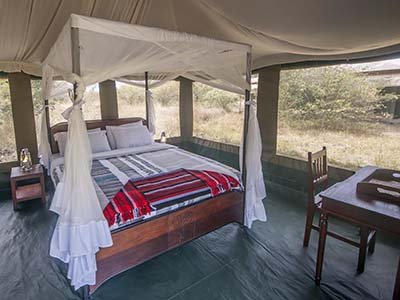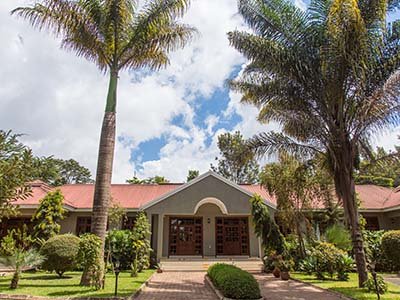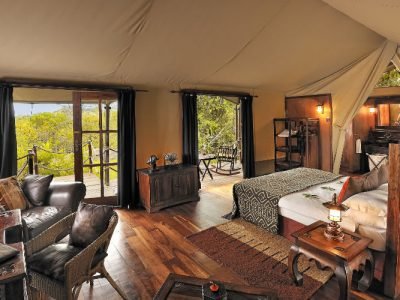Tanzania, for countless centuries, has been an integral cog in Africa’s wheel.
Tanzania has maintained a firm commitment to protecting Africa’s immense wilderness and its plethora of animal species. More than a quarter of the total land area is set aside as wilderness for local animals.
Twenty per cent of the world’s animal and bird species may be found in Tanzania’s 21 national parks, one conservation area, and three marine parks. About 38% of Tanzania is made up of national parks and other protected areas.
Tanzania Wildlife Conservation and Tourism
Key Wildlife Areas
- Serengeti National Park, is famous for its large population of lions, with 3000 of the total 8170 for the whole country as of August 2019. The annual wildebeest migration also takes place in this park.
- Nyerere National Park
- Gombe Stream National Park, where Jane Goodall’s study of chimp behaviour commenced in the 1960s
- Ngorongoro Conservation Area
Tanzania is home to 130 amphibian species and 275 reptile species thanks to its varied habitats, which range from semiarid to snowy atop Africa’s tallest mountain, Mount Kilimanjaro. There are 1156 known species as of September 2021, with 34 of them being endemic.
The annual wildebeest migration draws tens of thousands of people to Serengeti National Park, one of the world’s most famous wildlife locations, while Ngorongoro crater, sometimes termed the “eighth natural wonder of the world,” is a must-see for its breathtaking splendour. It is possible to see endangered black rhinos and elusive cheetahs in the early morning mist as herds of gazelle walk alongside satisfied lions within the old caldera.
Nevertheless, the nation has a lot more to offer than only its well-known parks. A well-rounded safari would include taking in the elephants of Tarangire National Park and the tree-climbing lions of Lake Manyara. Tourists may see elephants playing in the surf of the Indian Ocean in the Saadani Game Reserve, but there are many more national parks that provide equally rewarding experiences if they are prepared to go off the usual path.
Of all, this fantastic nation has much more to offer than just the wonders of a safari. If you’re looking to unwind after seeing Africa’s natural treasures, the coral reefs, tropical beaches, and Swahili culture along the Indian Ocean coast are a must-see, for an authentic African experience
The summit of Africa’s highest mountain, Kilimanjaro, is the ultimate goal of many safari-goers. Longer hikes in the Ngorongoro Conservation Area, the enchanted Gol Mountains, above the active volcano Ol Donyo Lengai, or along the shores of Lake Tanganyika are great ways to see less-visited sections of the nation.
How safe is Tanzania for Tourists?
In terms of violence, the United Republic of Tanzania ranks relatively low among African nations. The nation has a well-deserved reputation for tranquillity and security. It is a prosperous democracy. Transport between its thriving financial hubs is made simple by a network of well-maintained roads and three international airports. Their shared language, Swahili, and pride in their country bring together individuals from all walks of life in Tanzania, from traditional folk to rural farmers to cosmopolitan professionals.
Tanzania People and Culture
Olduvai Gorge’s dusty floor is where our ancestors first trod, leaving behind a record of our species’ origins. Zanzibar’s palm-fringed beaches were another destination for Swahili merchants to meet dhows travelling across the Indian Ocean.
Tanzania’s national community is made up of several different ethnic and religious subsets. Northern tribes of hunter-gatherers and Maasai herders live side by side in the wilderness, while other, less well-known groups like the Wadorobo and the lraqw help to create a mosaic of the nation. Many tourists now choose to spend their time in Tanzania participating in cultural activities, with a wide variety of tours and activities available all around the nation. The best part of any trip to Africa is experiencing the local culture, from day hikes on the slopes of Mt. Meru to honey picking in the Usambaras.







